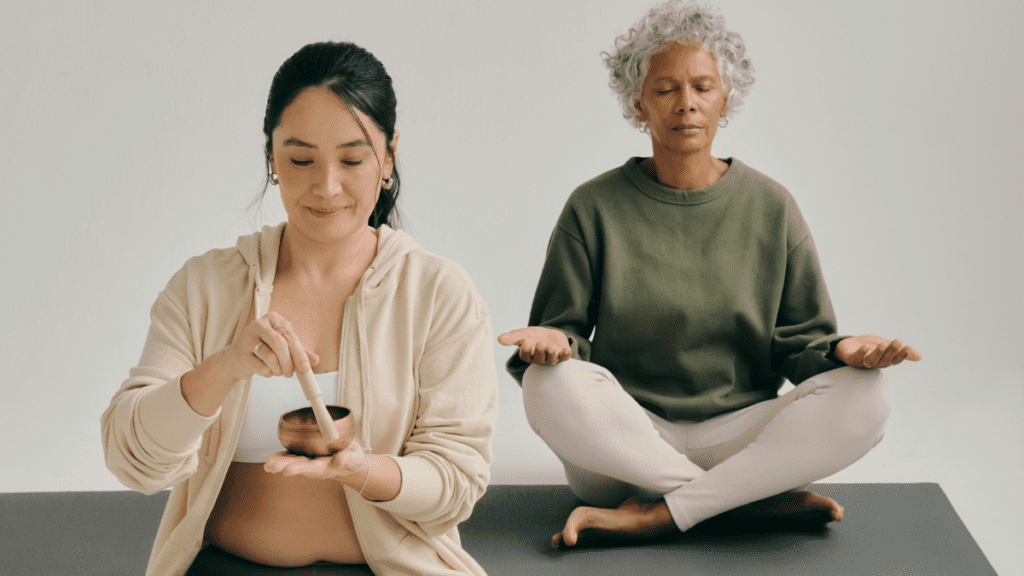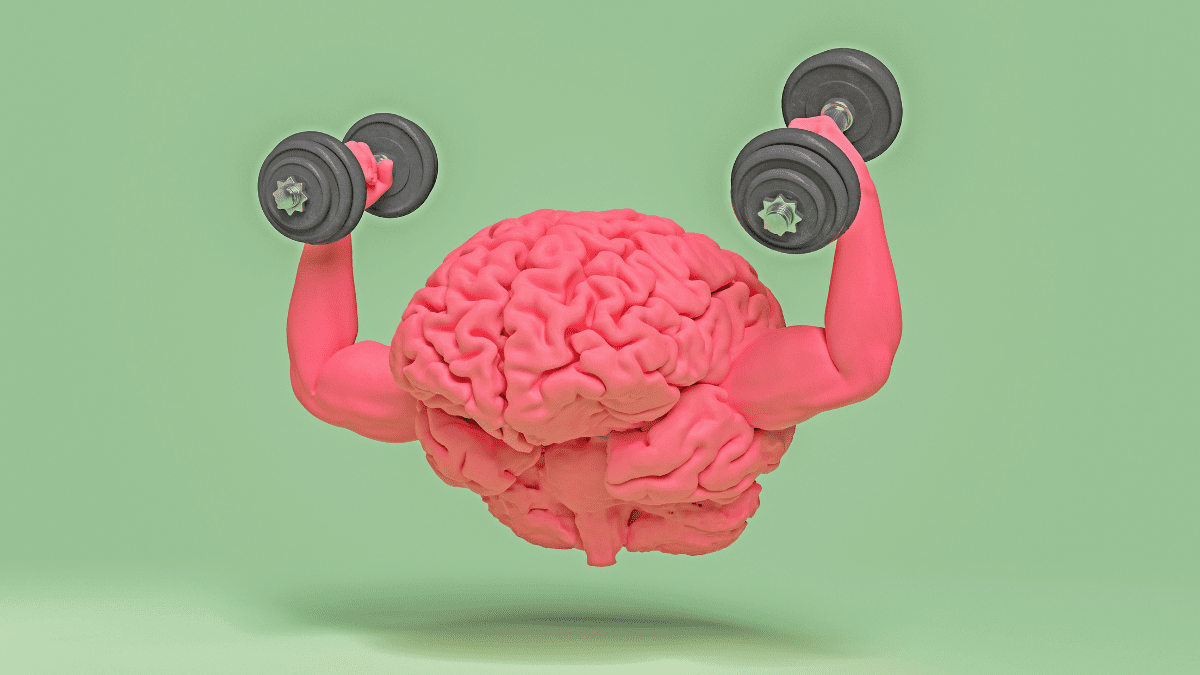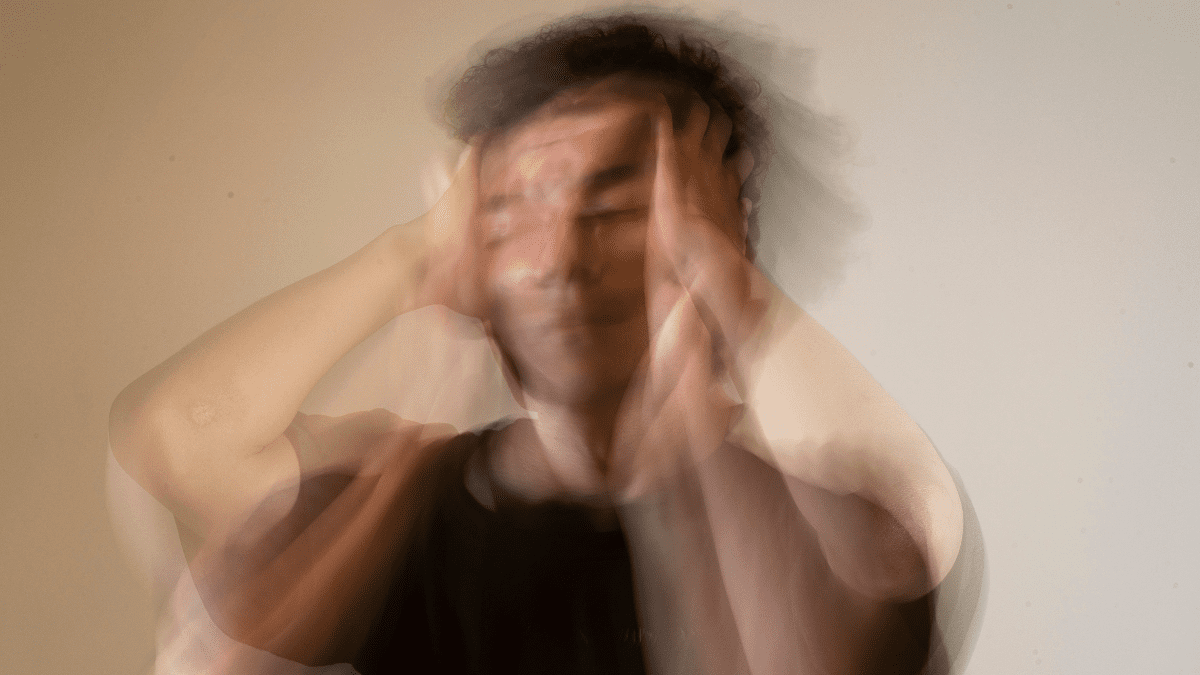Mindfulness for Stroke Recovery: Unlock Healing and Strength
Mindfulness for stroke recovery helps reduce stress, improve brain function, and enhance healing. Discover simple techniques to regain strength, resilience, and emotional well-being on your recovery journey.

A stroke can change life in an instant. It affects movement, speech, and even emotions. Recovery takes time, patience, and the right approach. One powerful tool is mindfulness for stroke recovery.
Mindfulness helps calm the mind, reduce stress, and improve brain function. Studies show it supports neuroplasticity, the brain’s ability to rewire itself after injury. By practicing mindfulness, stroke survivors can regain focus, boost emotional well-being, and enhance healing.
In this guide, you’ll learn how mindfulness aids stroke recovery. Plus, discover scientific insights on meditation and stroke recovery here. Let’s explore how this simple practice can transform healing.
Understanding Stroke Recovery
A stroke affects both the body and mind. Survivors often struggle with movement, speech, memory, and emotions. The healing process can feel overwhelming. However, the brain has an incredible ability to adapt and recover.
This ability is called neuroplasticity. It helps the brain form new connections after injury. With the right approach, stroke survivors can improve mobility, cognitive function, and emotional well-being.
Why Mindfulness for Stroke Recovery Matters
Mindfulness for stroke recovery plays a key role in healing. It helps manage stress, improve focus, and support neuroplasticity. By staying present, survivors can reconnect with their bodies and emotions. This improves recovery outcomes.
According to Harvard Health, mindfulness enhances brain function. It strengthens areas responsible for attention, memory, and emotional regulation. For stroke survivors, this means better mental clarity, reduced anxiety, and improved resilience.
By practicing mindfulness daily, stroke survivors can boost their recovery journey. Next, let’s explore what mindfulness is and how it works.
What is Mindfulness for Stroke Recovery?
Mindfulness is the practice of staying present. It means focusing on thoughts, emotions, and sensations without judgment. Instead of worrying about the past or future, mindfulness helps stroke survivors connect with the present moment.
This practice is simple but powerful. It reduces stress, improves brain function, and enhances emotional resilience. For stroke survivors, mindfulness can ease frustration, rebuild focus, and support overall healing. When the brain is calm and focused, it can rewire itself more effectively, making recovery smoother.
How Mindfulness Supports Stroke Healing
Mindfulness for stroke recovery has strong scientific support. It helps survivors manage stress, improve concentration, and regain control over their emotions. It also enhances neuroplasticity—the brain’s ability to form new pathways after damage. This is crucial for rebuilding lost skills, like speech and movement.
Research suggests that mindfulness can also improve heart health, reduce high blood pressure, and lower the risk of another stroke. According to the American Stroke Association, practicing mindfulness techniques for stroke recovery can strengthen brain pathways responsible for memory, decision-making, and emotional balance. Studies show that mindfulness meditation for stroke recovery can enhance healing by improving brain function and reducing anxiety in survivors according to the American Stroke Association.
By incorporating mindfulness into daily life, stroke survivors can enhance their recovery and improve their well-being. Next, let’s explore the key benefits of mindfulness for stroke survivors.

Benefits of Mindfulness for Stroke Recovery
Mindfulness is more than just relaxation. It actively supports the brain and body during healing. Stroke survivors face challenges like stress, cognitive difficulties, and emotional struggles. Mindfulness helps manage these issues, making recovery smoother.
How Mindfulness for Stroke Recovery Improves Brain Function
A stroke can impact memory, attention, and problem-solving. The brain needs time to heal and rebuild lost connections. Mindfulness strengthens neural pathways, improving cognitive function and mental clarity.
Studies show that practicing mindfulness meditation for stroke rehabilitation can enhance neuroplasticity. This process helps the brain rewire itself, leading to better focus and faster recovery. Learn more about how mindfulness improves stroke recovery outcomes from the latest research by Johns Hopkins Medicine on the power of mindfulness in stroke recovery.
Reducing Stress and Anxiety for Faster Recovery
Stress slows down recovery. It increases inflammation and makes it harder for the brain to heal. Mindfulness lowers cortisol levels, the hormone responsible for stress. With regular practice, stroke survivors can feel more at ease, which helps the body recover faster.
Enhancing Emotional Well-Being and Resilience
Many stroke survivors experience frustration, sadness, or depression. Mindfulness encourages self-awareness and emotional balance. By focusing on the present, survivors can reduce negative thoughts and build resilience. Over time, this leads to greater confidence and a more positive recovery journey.
Mindfulness offers a natural and effective way to support healing after a stroke. Next, let’s explore simple mindfulness techniques that stroke survivors can practice daily.
Practical Mindfulness Techniques for Stroke Recovery
Mindfulness is most effective when practiced daily. Stroke survivors can use simple techniques to regain focus, reduce stress, and support brain healing. Even a few minutes of mindfulness can make a difference.
Breath Awareness for Stroke Recovery
Breathing exercises help calm the nervous system. Deep, slow breaths lower stress and improve oxygen flow to the brain. This boosts mental clarity and reduces anxiety.
A great technique is diaphragmatic breathing. Inhale deeply through the nose, hold for a moment, then exhale slowly. This helps stroke survivors feel more relaxed and in control. Practicing breathwork for stroke recovery daily can enhance brain function and support emotional well-being. Learn more about the benefits of mindfulness breathing exercises for stroke survivors from expert insights at Mayo Clinic on mindfulness-based stress reduction.
Body Scan Meditation to Reconnect with the Body
A stroke can create physical disconnect. Survivors may struggle with sensation, movement, or coordination. Body scan meditation helps bring awareness back to these areas.
To practice, focus on different parts of the body, starting from the feet and moving upward. Notice any sensations, tension, or warmth. This improves the brain-body connection and promotes relaxation.
Guided Visualization for Healing
The mind plays a powerful role in recovery. Guided visualization helps stroke survivors imagine their body healing. This can improve motivation and strengthen neural pathways.
Picture muscles regaining strength or speech improving. Over time, the brain begins to reinforce these positive changes. Many stroke survivors find this technique boosts confidence and speeds up recovery.
Mindful Movement for Stroke Rehabilitation
Mindfulness doesn’t have to be still. Gentle movement practices like yoga, tai chi, or walking meditation combine breath and awareness. These exercises improve balance, flexibility, and focus.
Mindful movement encourages slow, intentional motions. This helps stroke survivors regain motor control and build strength safely. Even small movements done with full attention can enhance recovery.
Mindfulness is a simple yet powerful tool for stroke healing. Next, let’s explore how to incorporate it into daily life for lasting benefits.
How to Incorporate Mindfulness into Daily Life
Mindfulness works best when it becomes a habit. Stroke survivors can integrate it into daily routines with small, consistent steps. The key is to stay patient and practice regularly.
Creating a Mindfulness Routine for Stroke Recovery
A structured routine makes mindfulness easier to follow. Start with a few minutes each day. Choose a quiet space, sit comfortably, and focus on breathing. Gradually increase the time as it becomes more natural.
Morning mindfulness helps set a positive tone for the day. Evening sessions promote relaxation and better sleep. Practicing daily meditation for stroke recovery can improve mental clarity, reduce stress, and enhance emotional resilience. Read expert recommendations on developing a mindfulness practice for stroke survivors from Cleveland Clinic on the benefits of mindfulness training.
Using Mindfulness During Everyday Activities
Mindfulness doesn’t require extra time. It can be practiced while eating, walking, or even during therapy exercises. Paying close attention to each movement and sensation strengthens brain-body connections.
For example, during meals, focus on textures, flavors, and the act of chewing. When walking, notice how the feet touch the ground. These small shifts make mindfulness a natural part of life.
Leveraging Mindfulness Apps and Guided Sessions
Technology makes mindfulness more accessible. Many apps offer guided meditations and breathing exercises tailored for stroke recovery. Listening to expert-led sessions can make it easier to stay consistent.
Some apps also provide progress tracking. This helps stroke survivors stay motivated and see improvements over time.
Encouraging Mindfulness with Support from Caregivers
Caregivers play a crucial role in mindfulness practice. Encouraging moments of stillness, gentle breathing, or guided relaxation can help stroke survivors feel more at ease.
Even simple reminders to pause and take a deep breath can make a difference. Practicing mindfulness together strengthens emotional bonds and reduces stress for both the survivor and caregiver.
Mindfulness is a lifelong tool for healing and growth. Next, let’s look at real-life success stories and expert insights on its impact.

Expert Insights and Success Stories on Mindfulness for Stroke Recovery
Mindfulness has helped many stroke survivors regain strength, confidence, and peace of mind. Experts recommend it as a powerful tool for both mental and physical healing. Real-life experiences show how this practice transforms recovery journeys.
Neurologists Support Meditation for Stroke Rehabilitation
Medical experts highlight the connection between mindfulness and brain healing. Studies show that meditation improves focus, lowers stress, and enhances neuroplasticity. Many specialists recommend guided meditation for stroke survivors to support emotional and cognitive recovery. Read insights from leading professionals on how meditation helps stroke patients recover faster in the latest research by National Center for Complementary and Integrative Health on mindfulness and brain health.
Stroke Survivors Share Their Mindfulness for Stroke Recovery Journeys
Many stroke survivors have found mindfulness to be life-changing. Some use breathwork to manage stress. Others rely on guided imagery to stay motivated. These small shifts in mindset lead to big improvements in daily life.
One survivor regained confidence in walking through mindful movement practices. Another used meditation to ease post-stroke anxiety. Their stories prove that mindfulness is more than a technique—it’s a pathway to healing.
The Importance of Consistency and Patience
Mindfulness is not an instant fix. Like physical therapy, it requires practice and dedication. The key is consistency. Even five minutes a day can make a difference.
Patience is also essential. Some days will feel easier than others. But over time, mindfulness strengthens the mind, eases frustration, and supports long-term recovery.
Mindfulness empowers stroke survivors to take control of their healing. In the next section, we will summarize the key takeaways and provide a simple action plan to get started.
Conclusion: Embracing Mindfulness for Stroke Recovery
Mindfulness is a powerful tool for healing. It helps stroke survivors regain focus, manage stress, and improve brain function. By practicing daily, they can strengthen both mind and body.
Key Takeaways for Stroke Survivors
- Mindfulness supports brain recovery by enhancing neuroplasticity.
- Simple techniques like breathing exercises, body scans, and guided meditation reduce stress.
- Consistency is key to seeing long-term benefits. Even five minutes a day can help.
- Mindfulness fits into daily life through activities like walking, eating, and therapy exercises.
- Support from caregivers makes mindfulness easier and more effective.
Start Your Mindfulness for Stroke Recovery Journey Today
Stroke recovery takes time, but mindfulness makes the process smoother. Begin with small steps. Focus on deep breathing, short meditations, or mindful movements.
Every mindful moment strengthens the brain. With patience and practice, stroke survivors can regain confidence, resilience, and peace. The journey starts now.







